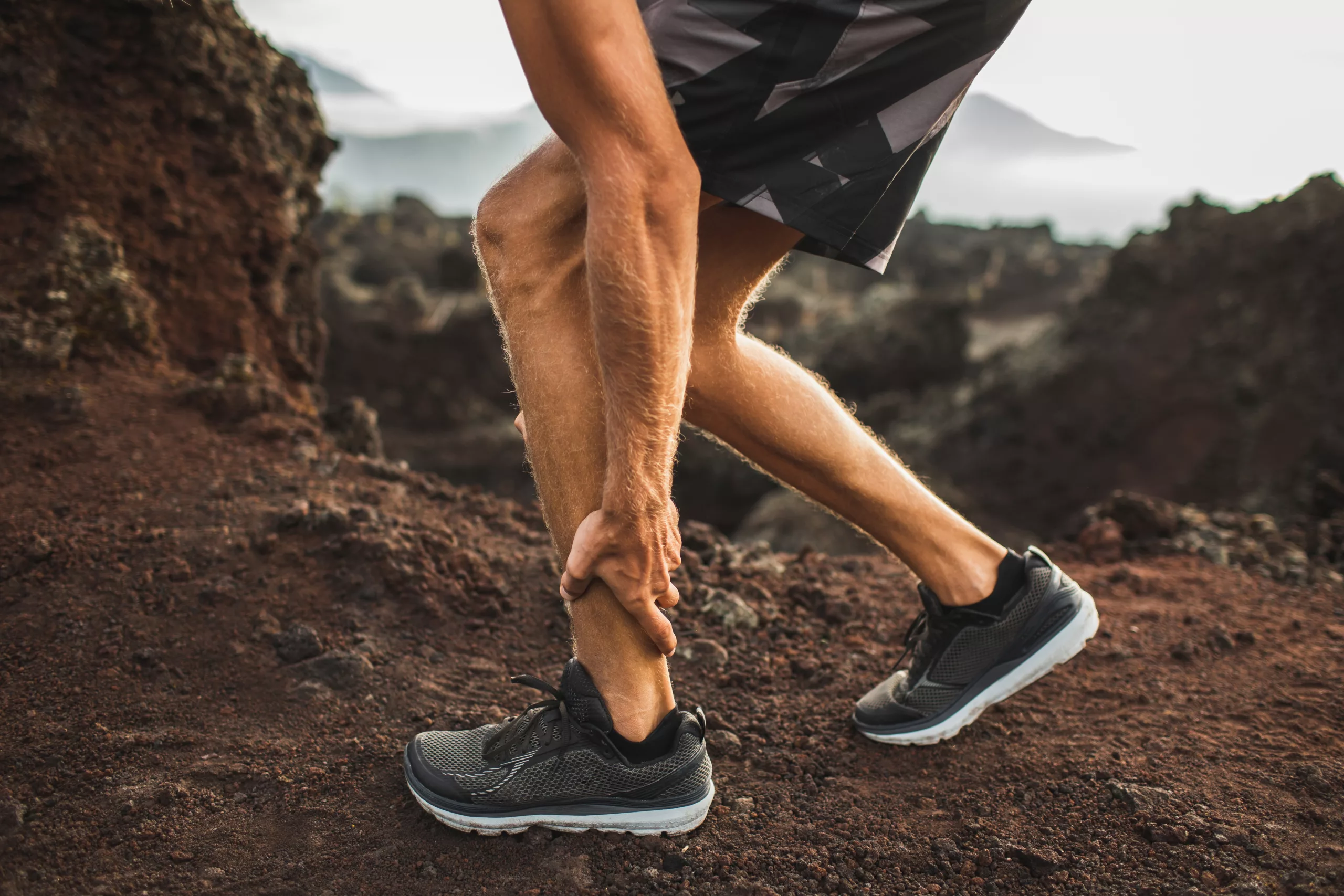
Understanding Achilles Tendinopathy: Causes, Symptoms, and Physiotherapy Treatments
At Connect Physiotherapy & Exercise, our experienced physiotherapists regularly encounter a condition known as Achilles tendinopathy. This inconvenient Achilles tendon pain affects many people, from seasoned athletes to casual walkers. This basic guide aims to help you understand Achilles tendinopathy, thereby enabling you to protect your health and maintain your active lifestyle.
Achilles Tendinopathy: A Common Source of Achilles Tendon Pain
The Achilles tendon, a sturdy band of connective tissue, links your calf muscles—the gastrocnemius and soleus—to your heel bone (posterior calcaneus). When this tendon experiences an injury—at the mid-portion or the insertion, or to varying degrees from a strain to a tear—it leads to Achilles tendinopathy.
Causes and Pathophysiology of Achilles Tendinopathy
Achilles tendinopathy typically occurs when the load on your Achilles tendon or calf muscles increases significantly in a short time frame. This surge often occurs when you push your physical boundaries, such as running longer distances or intensifying your tennis game without sufficient preparation.
In addition to overuse, improper exercise techniques, unsuitable footwear, or training on challenging terrains can compound the stress on your Achilles tendon, raising the risk of this common Achilles tendon pain.
While Achilles tendinopathy frequently affects athletes, particularly those participating in running, soccer, volleyball, track and field, and racquet sports, it doesn’t discriminate. Factors like aging, obesity, high foot arches, unstable ankles from previous ankle sprains, and excessive foot pronation can also lead to chronic Achilles tendinopathy.
Recognizing the Symptoms of Achilles Tendinopathy
Early detection of Achilles tendinopathy can significantly enhance the effectiveness of its management. Initial symptoms may include localized pain or stiffness around your Achilles tendon, often intensifying during the morning or warm-up exercises but usually subsiding as the day or activity progresses. Chronic tendinopathy can result in persistent Achilles tendon pain and interfere with routine activities such as walking.
Physiotherapy for Achilles Tendinopathy: An Effective Approach
Physiotherapy for Achilles tendinopathy offers promising outcomes, especially when initiated early. Conservative approaches such as activity modification, basic strength exercises, and the use of non-steroidal anti-inflammatory drugs (NSAIDs), under the guidance of your physician or pharmacist can provide significant relief.
In acute cases, rest, coupled with a gradual reintroduction of low-load exercises and soft tissue work for the gastrocnemius and soleus muscles, can expedite recovery. For chronic Achilles tendinopathy, concentric and eccentric exercise for the mainstay of treatment.
Effective Exercises for Achilles Tendinopathy Management
The exercise regimen for Achilles tendinopathy differs based on the condition’s stage. In acute cases, isometrics and cyclic low threshold loading exercises, such as cycling or walking, help avoid deconditioning and stiffness without causing further harm. Additionally, these isometric muscle contractions have shown to reduce pain in the short term and make continued sport participation more manageable. These are gentle movements aimed at stimulating muscle activity and maintaining flexibility.
For chronic tendinopathies, physiotherapy often includes eccentric training of the calf muscles. Eccentric exercises concentrate on muscle lengthening under load, often involving controlled, slow movements like calf raises. Also, proprioceptive training involving balancing tasks can be beneficial when preparing to return to sport.
Dealing with Achilles tendinopathy can be challenging, but with the right guidance and treatment, recovery can be significantly enhanced and quality of life improved. At Connect Physiotherapy & Exercise, our team works with you to create a personalized physiotherapy for Achilles tendinopathy plan, aligning with your specific needs and goals. We’re here to help you alleviate your Achilles tendon pain and get you back to your best!
For more information on the specifics of tendinopathy check out our blog post: A Guide to Tendinopathy: Risk Factors, Treatment Guidelines and 10 Things to Avoid. https://connectpt.ca/a-guide-to-tendinopathy-risk-factors-treatment-guidelines-and-10-things-to-avoid/
*Remember, while knowledge is power, self-diagnosis and treatment can be risky. While this blog provides useful information, it’s essential to see a trained professional for proper diagnosis and management. Every person is unique, and so is their recovery journey. At Connect Physiotherapy & Exercise, we’re all about personalized care. Let us help you navigate your path to recovery.
References
Schub, E., & Richman, S. (2012). Achilles tendinopathy.
Maffulli, N., Sharma, P., & Luscombe, K. (2005). Achilles tendinopathy: aetiology and management. Podiatry Now, 8(4), 26-30.
Roche, A., & Calder, J. (2013). Achilles tendinopathy: A review of the current concepts of treatment. Bone & Joint Journal, 95B(10), 1299-1307.

